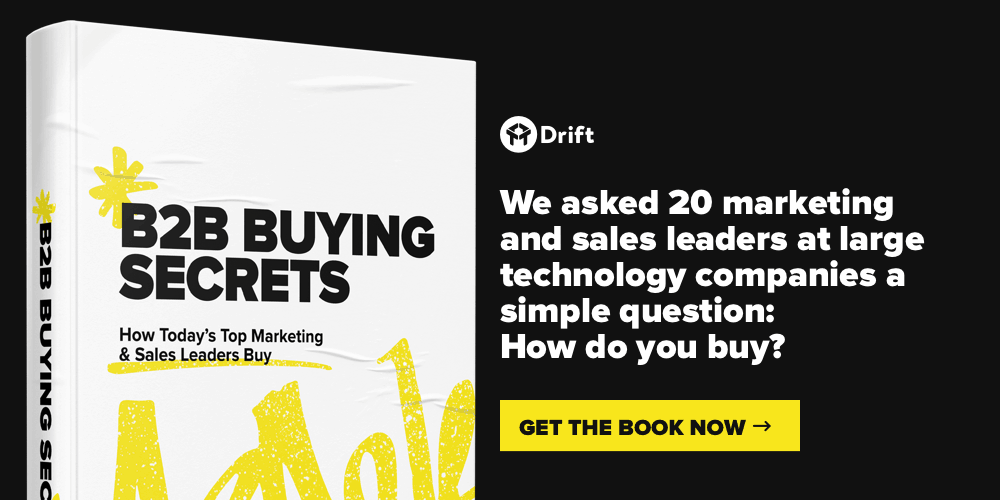
The umbrella of public relations has never been more inclusive.
Reputation management, crisis control, executive/ internal communications, speaking engagements, earned/owned/social media – the definition encompasses way more today than it did a few years ago, and it’s bound to keep changing as brands and media evolve.
What has stayed the same though (since around 50 B.C. when Julius Caesar published his political biography as part of his campaign for Head of State) is the centerpiece of storytelling.
But just because it’s been around the longest, that doesn’t necessarily mean it’s the easiest thing to do. In fact, telling a story that resonates and sticks with people might be harder than ever. Fierce competition for attention from customers and media is only being fueled by today’s wide-ranging, constantly open channels of communication.
And the truth is, although that makes it easier for us to reach our audiences, it also makes it easier for our audiences to disregard our brand’s message as part of the noise.
So how do you tell a story that people care about? A narrative that cuts through noise, meets people where they are, and keeps them engaged?
Here are some things I’ve learned through my experience juggling clients at PR agencies, and now, my first time in-house at Drift ?
1. Skip The Jargon
What do we do when we want to sound like experts?
We could definitely shift into human thesaurus mode – bring out the industry-speak, talk from a pedestal, and pray that people understand what we’re trying to get at.
After all, as the first female advertising executive Helen Woodward put it, “advertising is what you pay for, publicity is what you pray for.”
More often than not, that’s what happens when doing PR for B2B tech companies. We want to be able to communicate the value of a product or service and the technology is definitely exciting – trust me, I could talk about B2B SaaS all day if I had to ?
But the reality is, it only shuts people out.
That’s why at Drift, we say “write like you talk.”
Yes, you need to be able to explain the workings of your product in a press release, convey to reporters and customers that you understand the value of the product front-to-back, and be technical in your explanations where it matters. But there’s no use in getting lost in the nitty-gritty of the ‘how’ when you can’t explain the ‘why’ in a human way.
Because the ‘how’ might get people interested, but it’s the ‘why’ that gets people to stick around.
2. Take A Proactive Approach
At the previous agencies I interned at, I worked with multiple clients who expected different daily, weekly, and monthly deliverables. I learned so much across so many different fields, and loved the diversity of brand stories, missions, and goals – it was all so exciting ?
Once I got into the rhythm of things, everything was pretty set in stone – there were “baked” campaigns that worked and clients typically wanted to stick to them.
But frankly, I was skeptical that making the transition to in-house could be any more fast-paced than the agency environments I was used to.
I learned that was not the case pretty quickly ⚡️
First, I had to shift my mindset to becoming an expert at one company’s products, mission, and values (instead of three).
Then, I had to unlearn all the industry-speak. I had to learn to write like I talk.
And I also had to take an entirely different perspective on proactive pitching – staying in tune with what’s being talked about by experts and reporters in our field today, becoming familiar with who covers what, and then actively reaching out to ask how we can meaningfully contribute to pressing narratives.
Yes, I’ve got some weekly internal deliverables here too. And then there are new product features being shipped, people joining the team, and executive speaking events almost every day.
But even that can be an easy rhythm to fall into.
Being proactive and exploring the different ways we can talk about Drift’s brand outside of our regular “baked” campaigns – whether it’s looking at how we can contribute to the narrative of AI in the workplace or the importance of diversity and inclusion hiring practices – is one of the measures we take to stand out from the crowd. And it’s one of the most eye-opening, exciting parts about doing PR here.
Because being proactive shows that you’re listening, and listening shows that you care.
And showing that you care is easier said than done. Just take a look at a couple foiled media relationships, courtesy of not doing a bit of research and thinking about how relevant a story is before you send a pitch out:
3. Be Authentic
Last but not least, in an industry infamous for “stunts,” being authentic makes a difference.
B2B SaaS might not be a topic that excites everyone all the time, but the concept of conversations – human, authentic, and true to yourself whenever you communicate with people you want to reach and connect with – that’s something that can’t be replicated or worn out with time.
And building an enduring brand means that whether you’re in B2C, B2B, or D2C, understanding people want to be spoken to like people is at the core of forming relationships that endure with you.







